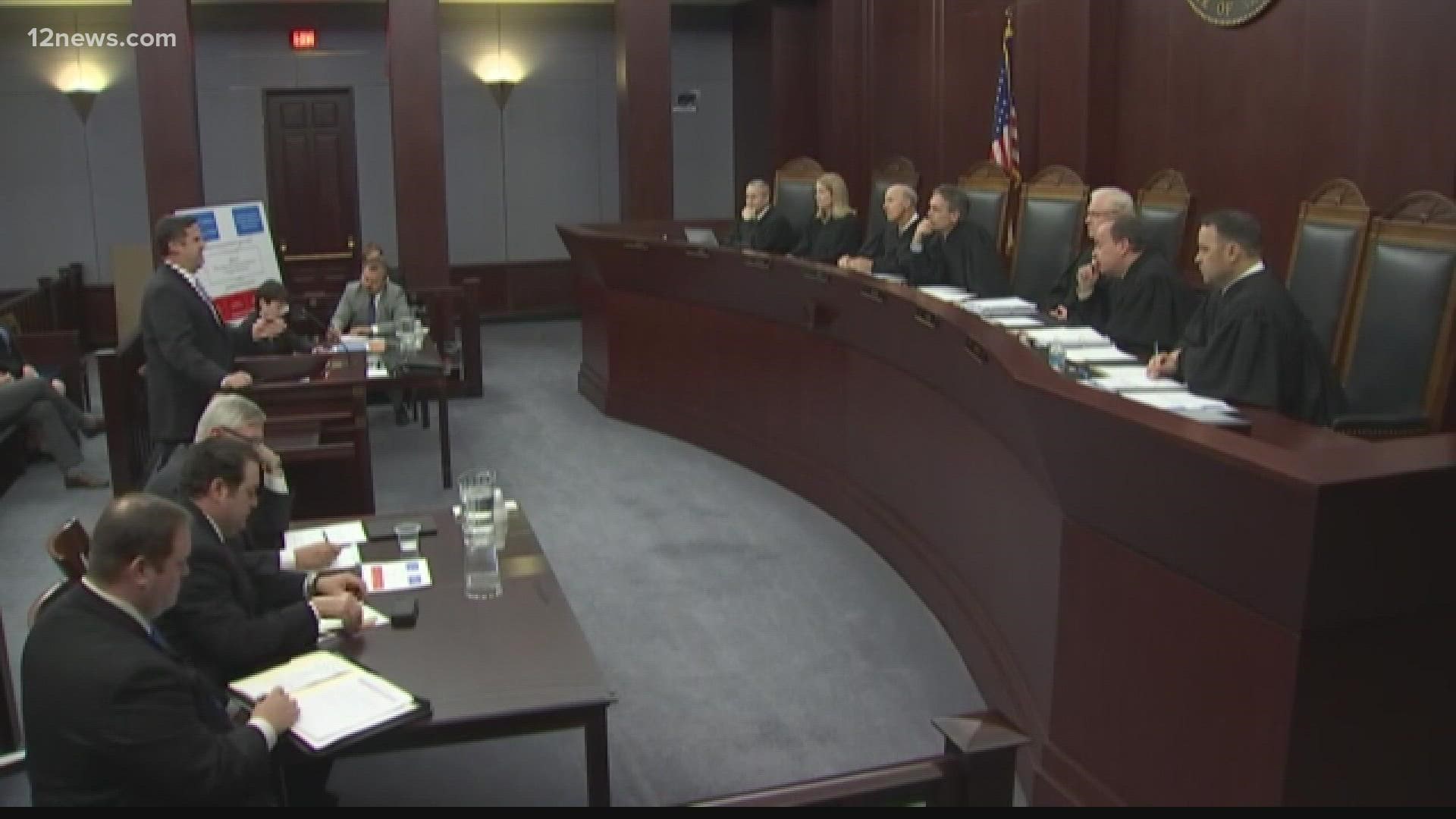Business Law Deskbook
Final Trial Management Conferences: These are held about 7 days before the trial date to discuss the trial's schedule and produce any other problems before the case goes to trial. All cases go to a final path management conference prior to the trial begins and a jury is picked. Rule 11 Hearing & Examination: This is when a judge, defense lawyer or district attorney thinks the accused is unsuited to stand trial.
This procedure takes about one month. Afterward, the judge will examine the evaluation and figure out if the defendant is qualified or not to stand trial. If the offender is ruled qualified, the case continues to trial. On the other hand, if the offender is found incompetent, the judge will ask for a 2nd examination to see if the offender's competency can be restored.
If the accused is then ruled qualified to stand trial, the prosecutor's case progresses. However, if the defendant is still ruled inexperienced, the case is dismissed, and the defendant is transferred to an Arizona State Hospital for mental health. Arizona Construction Law Annotated. It is also crucial to keep in mind that even if an accused is ruled qualified by a judge to stand trial, the defense can still use madness as a defense technique.
Secondary Sources And Forms - Arizona Law for Beginners
When working out a plea contract, the defense attorney will typically seek to have the charges dismissed while the prosecution looks for to offer a lesser sentence and/or a lower reduction in the charges. The victim in always considered during these settlements. When a contract is found in between both celebrations, they should appear before a judge for a Modification of Plea Hearing.
If he denies the contract, the case goes to trial. If he accepts the arrangement, the offender is sentenced at a later date.
Everybody included in the case will be summoned in advance to affirm. The prosecution and the defense both make opening statements that discusses the nature of the case to the jury - Arizona Real Estate Law.
Some Known Incorrect Statements About Arizona Practice Law Of Evidence: Amazon.com: Books
His job is to show beyond an affordable doubt that the offender devoted the alleged criminal activity. To do this, the prosecution provides essential proof and calls upon witnesses to affirm, among whom could be the victim or victims. The defense lawyer is then permitted to then cross examine these witnesses.
This guarantees that their statement will not be affected in any method by other witness statement. As soon as the prosecution is done providing its case, the defense now presents their proof and list of witnesses. The prosecution can then cross take a look at these witnesses too. The accused likewise has the choice to testify or not.
Once the trial is finished and both celebrations make closing declarations, the jury then ponders to reach a verdict of guilty or not guilty. The method the jury works is that they should unanimously agree that the offender is guilty. If even one individual does not agree, the case is stated as a hung jury by the judge - Law of Evidence.



